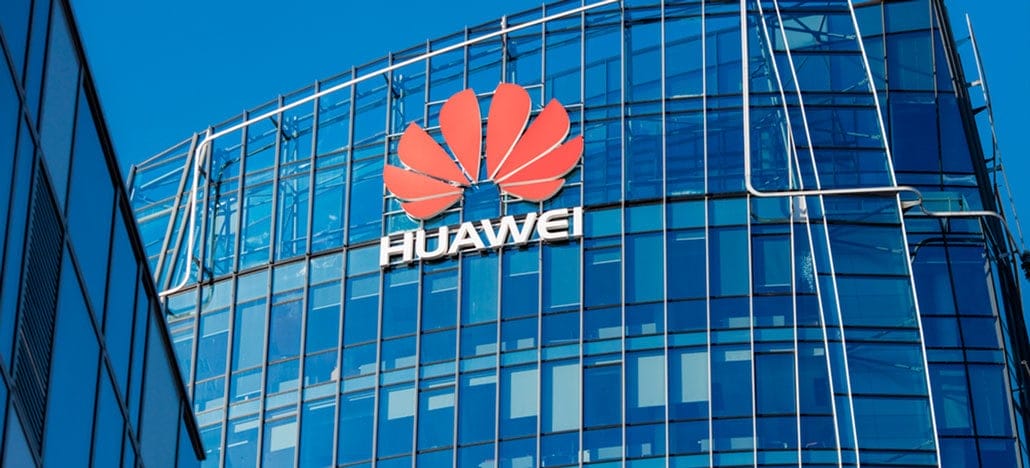A new act signed by US President Donald Trump leaves the technologies of Huawei and ZTE largely banned from use by the US government and government contractors. The ban is a component of the much larger Defense Authorization Act.
This caps off months of will-they-won’t-they from Republicans, many of whom view the two major Chinese telecoms as national security threats. In June, the Senate overwhelmingly passed an amendment that would have reinstated a trade ban on ZTE, potentially shutting down the company. The House, however, did not shut down the company and the big question was how the two chambers would find a compromise — or if they would drop the matter entirely.
In the end, Congress decided on a measure that will essentially ban the US government or anyone that wants to work with the US government from using components from Huawei, ZTE, or a number of other Chinese communications companies. The ban goes into effect over the next two years.
According to The Verge, the ban covers the use of Huawei and ZTE components or services that are “essential” or “critical” to the system they’re used in. Some components from these companies are still allowed, so long as they cannot be used to route or view data. The bill also instructs several government agencies, including the Federal Communications Commission, to prioritize funding to assist businesses that will have to change their technology as a result of the ban.
Huawei and ZTE have long been in the crosshairs of US law- and policymakers. Both companies were called a national security threat by a 2012 House report, while heads of US security agencies have recommended against using both companies’ products.
While this bill doesn’t outrightly ban either company from US infrastructure, it could have a major impact by forcing the many, many companies that want to work with the government to pick other suppliers and remove the Huawei and ZTE components they’re already using.






